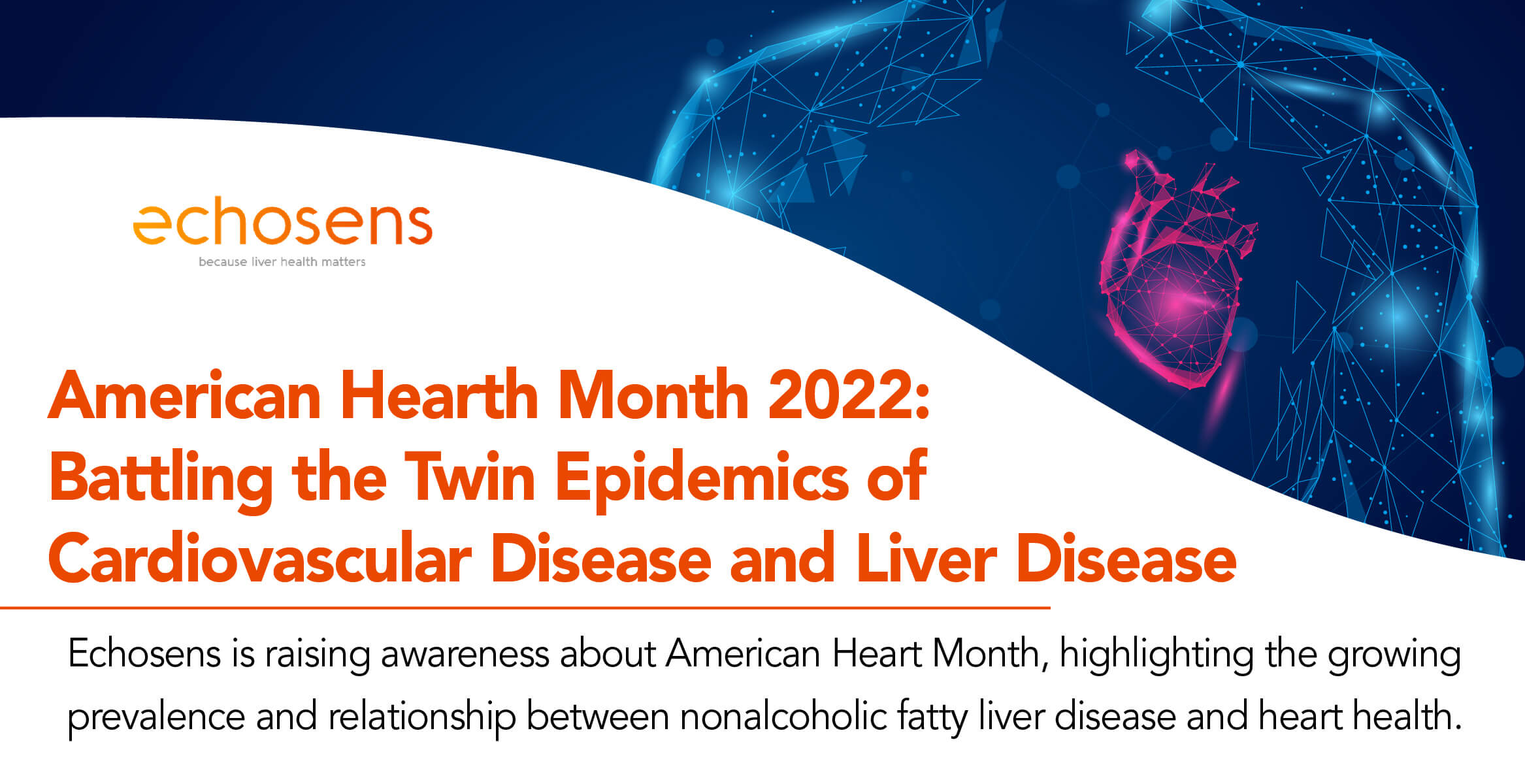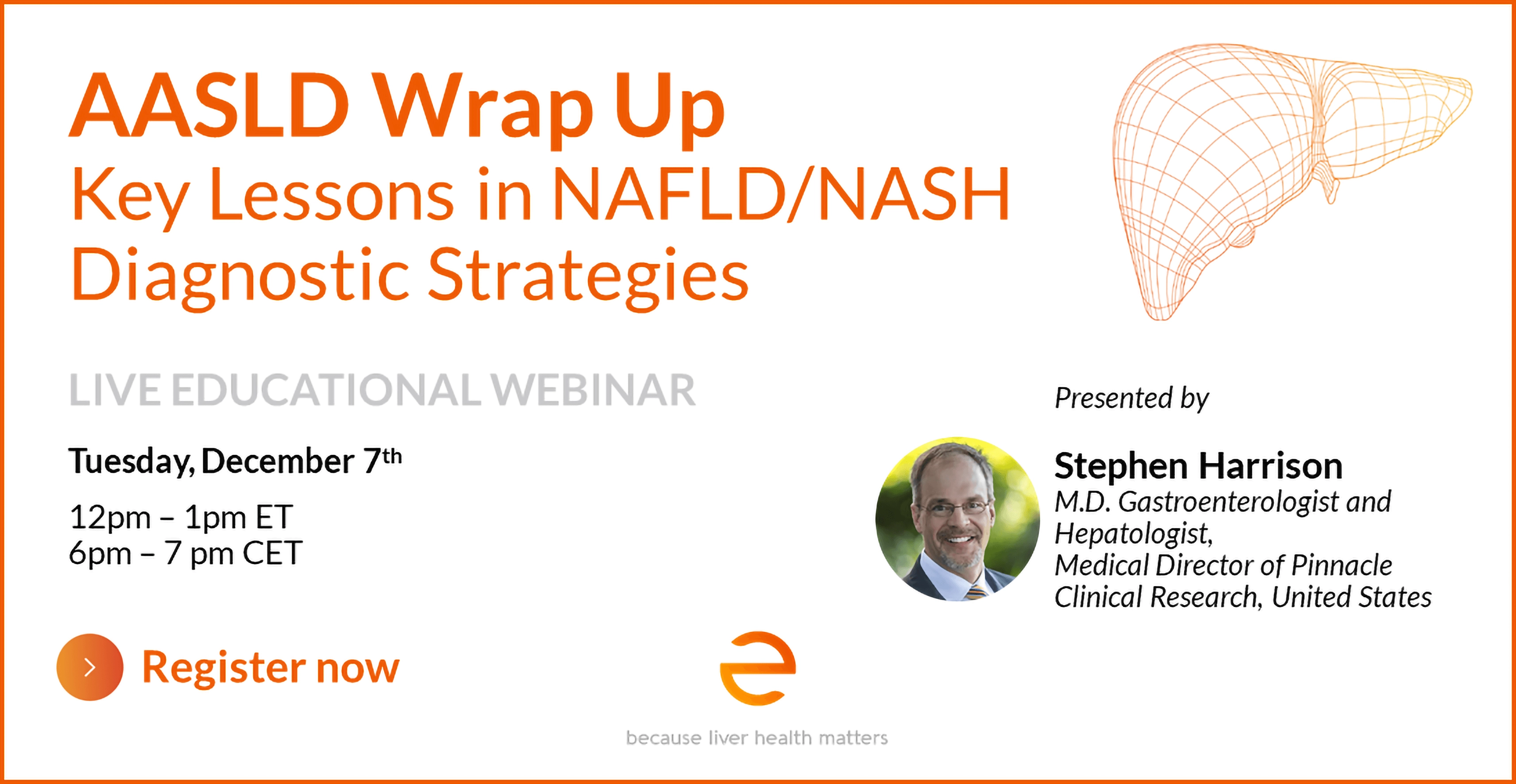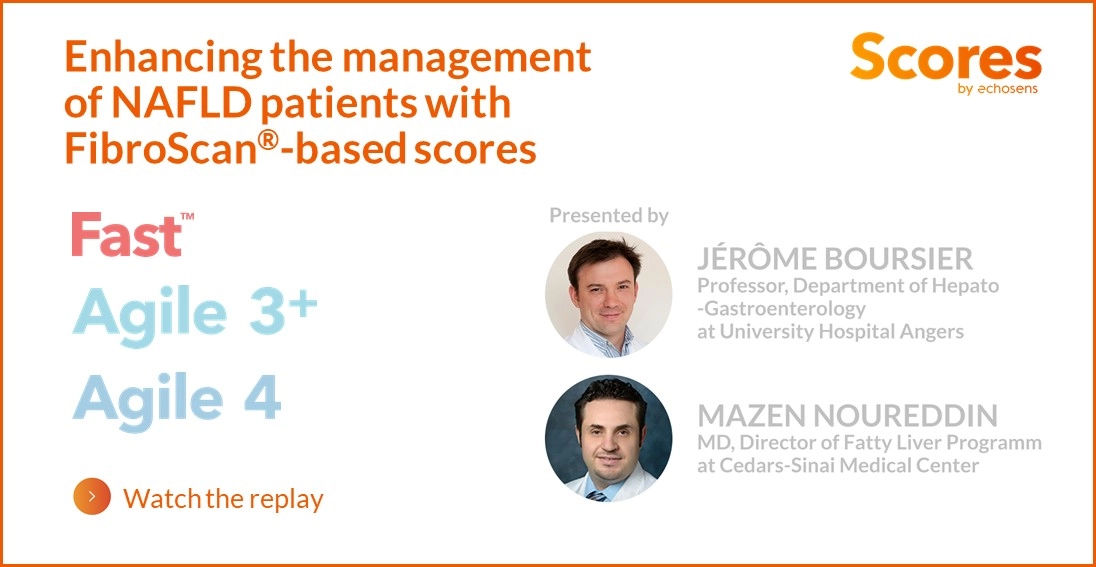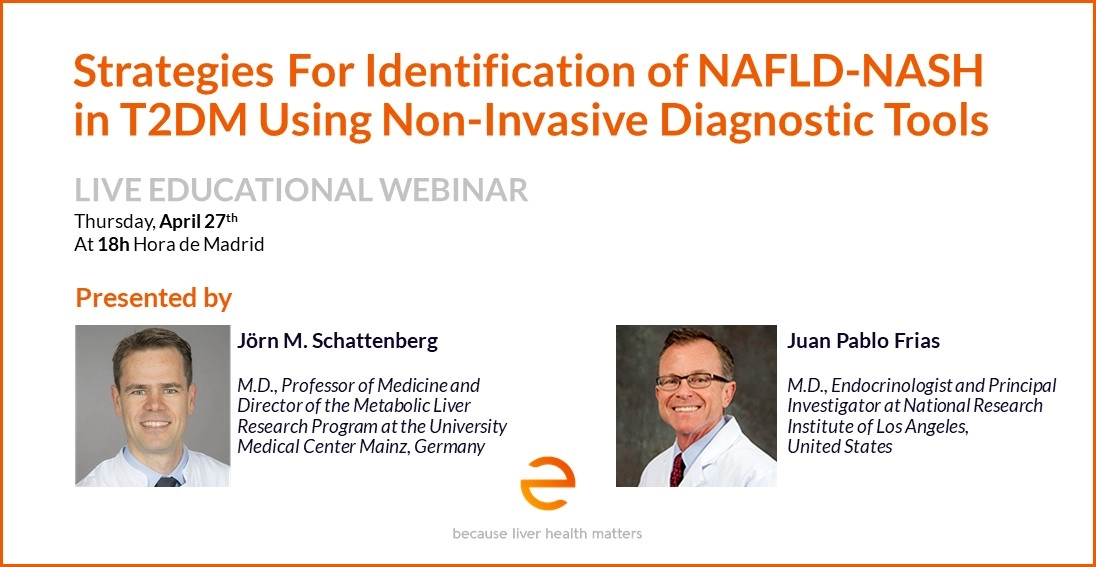Liver disease statistics are also alarming:
> About 100 million individuals in the United States are estimated to have NAFLD
> NAFLD is the most common form of liver disease in children and has more than doubled over the past 20 years
A recent study suggests an epidemiological link between NAFLD and heart failure (HF) beyond shared risk factors2. Among 870,535 Medicare patients, 3.2% had a clinical diagnosis of NAFLD. Over a mean 14.3 months of follow‐up, patients with baseline NAFLD had a significantly higher risk of new‐onset HF.
Among a general adult population, the presence of NAFLD and severe fibrosis, the formation of an abnormally large amount of scar tissue in the liver, is associated with a higher cardiovascular risk profile3, pointing towards the need for specific preventive measures. The prevalence of fatty liver and of severe scar tissue on the liver in the study’s cohort group was 31.7% and 4.8%, respectively.
It’s also important to note that severe obesity is associated with a nearly fourfold higher risk of HF and about a twofold higher risk for both coronary heart disease and stroke compared with rates for those with a normal body mass index. Research suggests that NAFLD is present in up to 75% of people who are overweight and in more than 90% of people who have severe obesity.
The excess weight that causes fatty liver disease also raises a person’s risk for heart failure, a recent study suggests, making it critical to maintain a healthy weight for both the heart and the liver.
Understanding the Heart/Liver Connection
Asymptomatic and underdiagnosed, NAFLD encompasses hepatic steatosis, nonalcoholic steatohepatitis (NASH) and NASH–related cirrhosis. NAFLD affects 10-30% of the general U.S. population and has increased fivefold over the past two decades.
Cardiovascular disease is a leading cause of death among patients with NAFLD2 and evidence suggests that NAFLD is an independent risk factor for cardiovascular disease. Similar to NAFLD, HF is associated with high morbidity and mortality and has reached epidemic proportions. Total deaths among the NAFLD population are estimated at 1.27 million4 with 85% classified as general background, 12.8% as excess cardiovascular, and 2.2% (28,200 deaths) as excess liver‐related deaths. By 2030, total deaths are projected to increase 44% to 1.83 million deaths annually.
By adopting a healthy lifestyle, people can prevent liver disease by, for example, avoiding tobacco, maintaining a healthy weight, controlling blood sugar and cholesterol, treating high blood pressure and getting at least 150 minutes of moderate-intensity physical activity a week. Even modest lifestyle changes can have a big impact. In fact, a 3% reduction in body weight has been associated with reversal of fat in the liver, while a reduction of greater than 7% may resolve NASH in many patients.5
Monitoring Lifestyle Change
A weight loss program combined with FibroScan® by Echosens is a non-invasive tool for the diagnosis and monitoring of adult patients as part of an overall evaluation of liver health. It’s also an effective approach for monitoring the impact of lifestyle changes on liver fat. This easily implemented tool provides early detection, monitoring, patient education and engagement around lifestyle changes that can play a valuable role in mitigating heart and liver disease.
During American Heart Month, join us in raising awareness about the connection between liver disease and heart health so that more Americans can live longer, healthier lives.
REFERENCES
Tool kit for : American Heart Month
1. Institute of Medicine (US) Committee on a National Surveillance System for Cardiovascular and Select Chronic Diseases. A Nationwide Framework for Surveillance of Cardiovascular and Chronic Lung Diseases. Washington (DC): National Academies Press (US); 2011. 2, Cardiovascular Disease. Available from: https://www.ncbi.nlm.nih.gov/books/NBK83160/
2. Nonalcoholic Fatty Liver Disease and Risk of Heart Failure Among Medicare Beneficiaries. Marat Fudim, et al. Originally published 10 Nov 2021. Journal of the American Heart Association. 2021;10:e021654. https://doi.org/10.1161/JAHA.121.021654
3. Pennisi G, Di Marco V, Buscemi C, Mazzola G, Randazzo C, Spatola F, Craxì A, Buscemi S, Petta S. Interplay between non-alcoholic fatty liver disease and cardiovascular risk in an asymptomatic general population. J Gastroenterol Hepatol. 2021 Sep;36(9):2389-2396. doi: 10.1111/jgh.15523. Epub 2021 May 16. PMID: 33871081.
4. Estes C, Razavi H, Loomba R, Younossi Z, Sanyal AJ. Modeling the epidemic of nonalcoholic fatty liver disease demonstrates an exponential increase in burden of disease. Hepatology. 2018;67(1):123-133. doi:10.1002/hep.29466
5. Hannah WN Jr, Harrison SA. Effect of Weight Loss, Diet, Exercise, and Bariatric Surgery on Nonalcoholic Fatty Liver Disease. Clin Liver Dis. 2016 May;20(2):339-50. doi: 10.1016/j.cld.2015.10.008. Epub 2016 Feb 17. PMID: 27063273.



